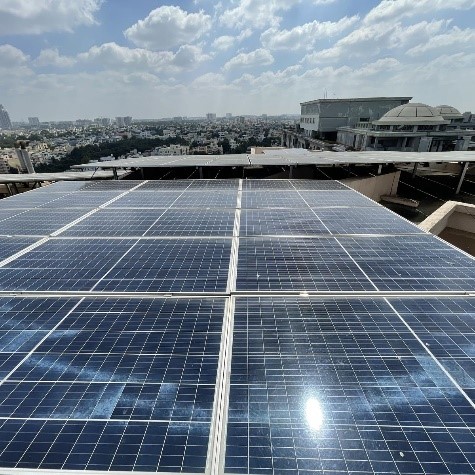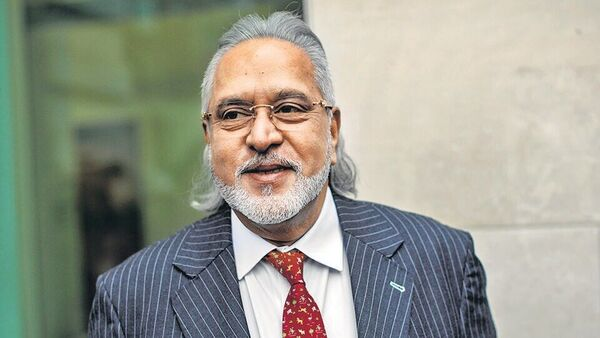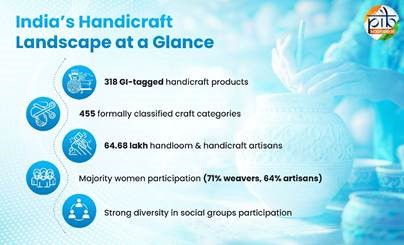





Disclaimer: Copyright infringement not intended.
Context
READ ALL ABOUT PM SURYA GHAR YOJANA: https://www.iasgyan.in/daily-current-affairs/pm-surya-ghar-muft-bijli-yojana
Details
PM-Surya Ghar Muft Bijli Yojna Update: Key Points
|
PRACTICE QUESTION Q. Discuss the significance of rooftop solar installations in India's energy landscape, their socio-economic impacts, challenges in scaling up adoption, and the role of schemes like the PM-Surya Ghar Muft Bijli Yojna. How can these challenges be overcome? https://www.iasgyan.in/daily-current-affairs/rooftop-solar-programme |







© 2025 iasgyan. All right reserved